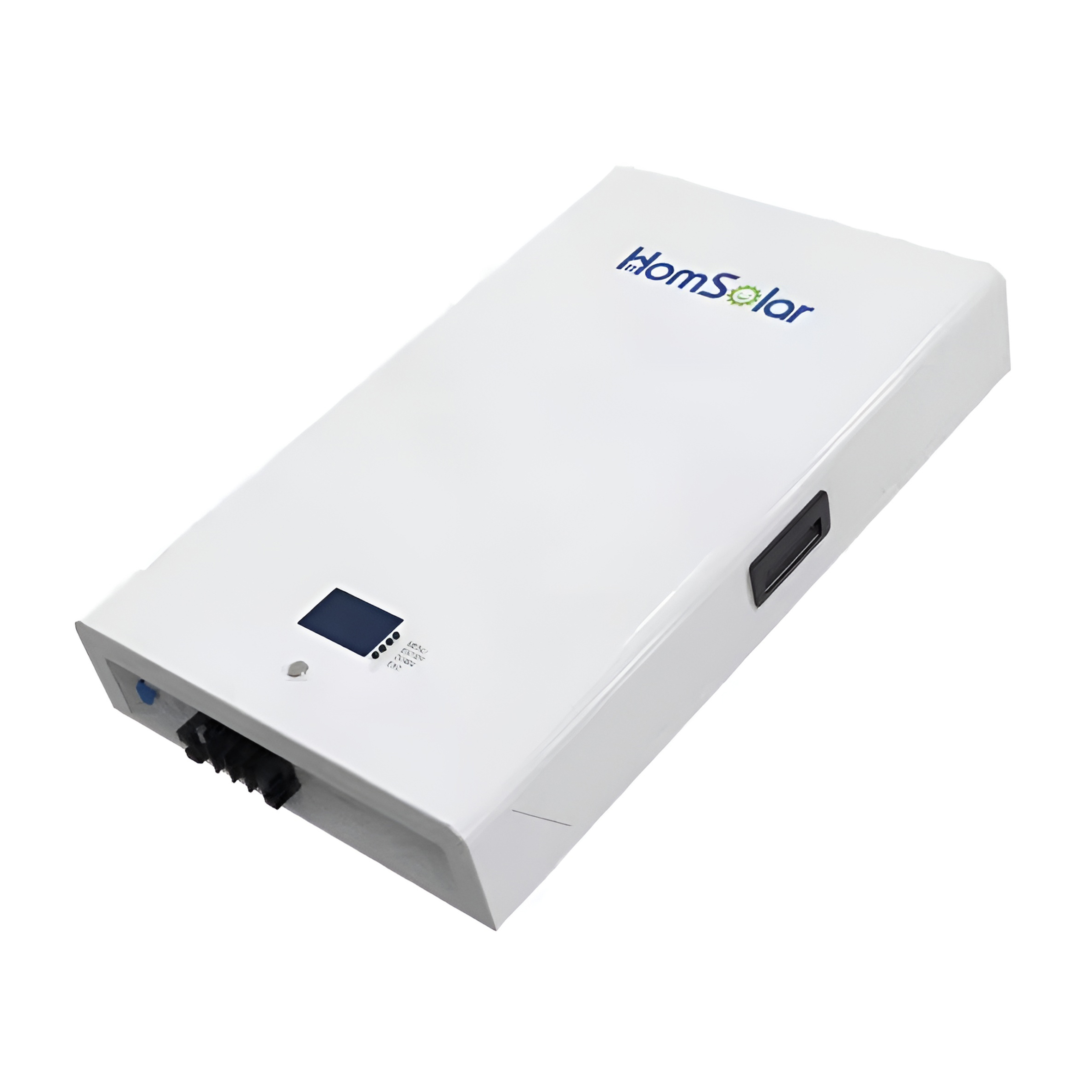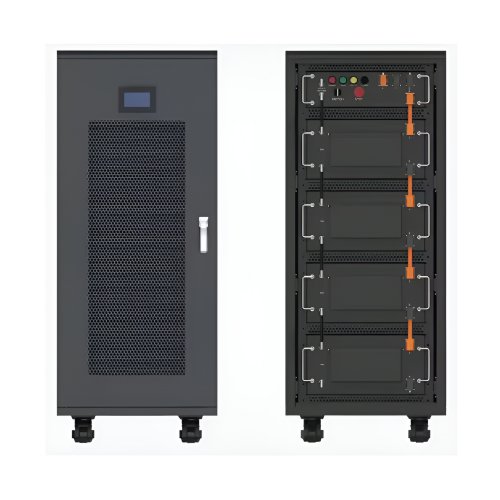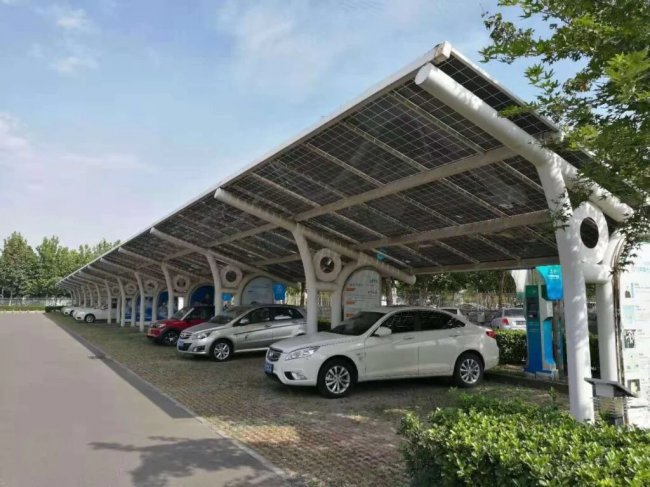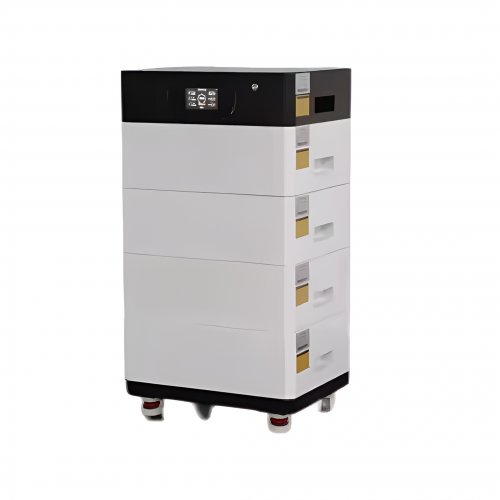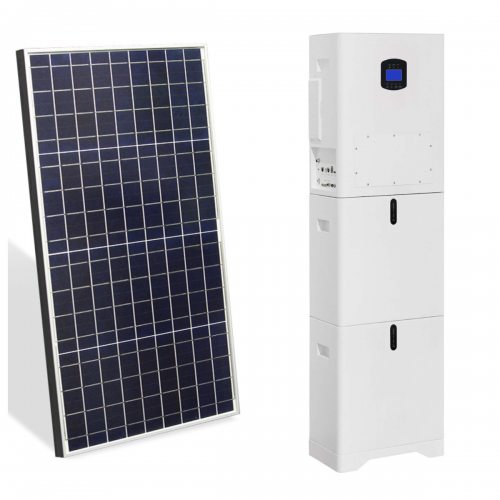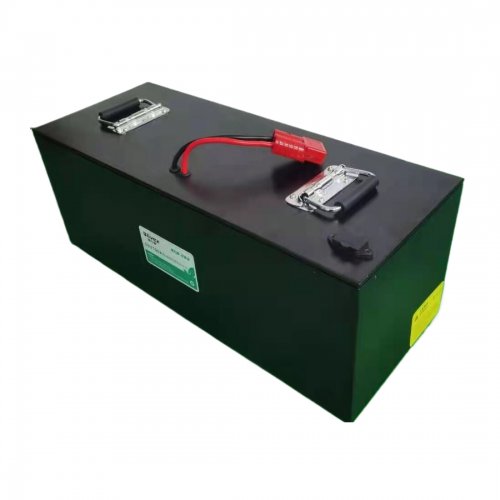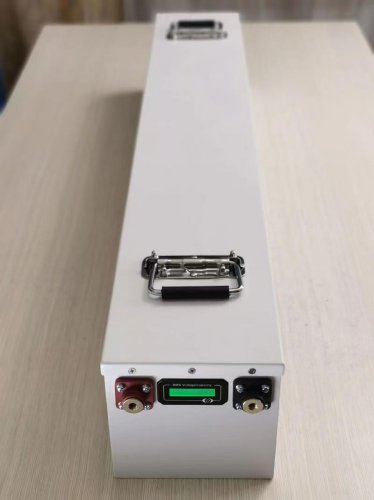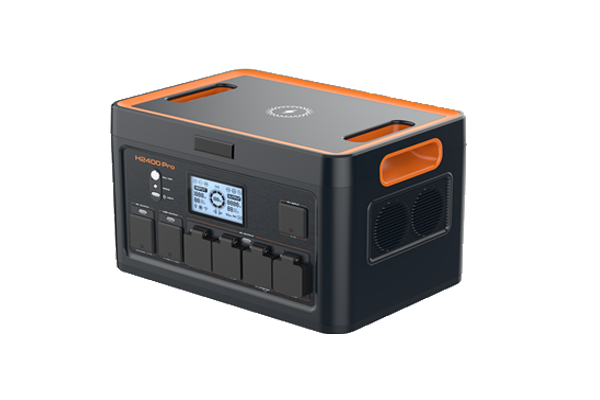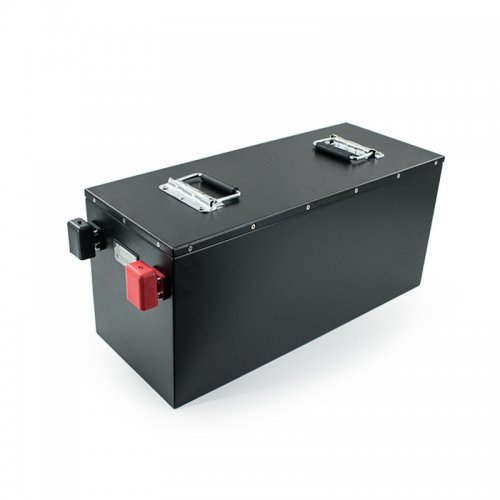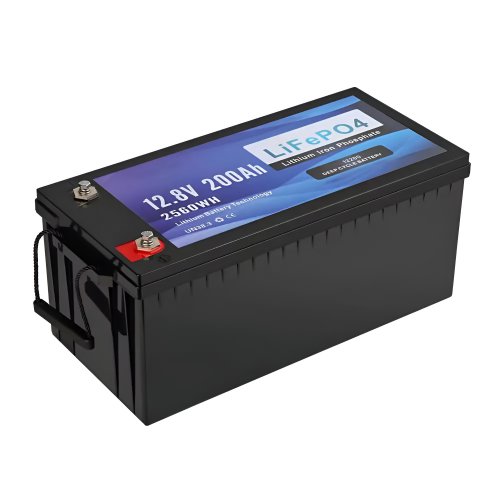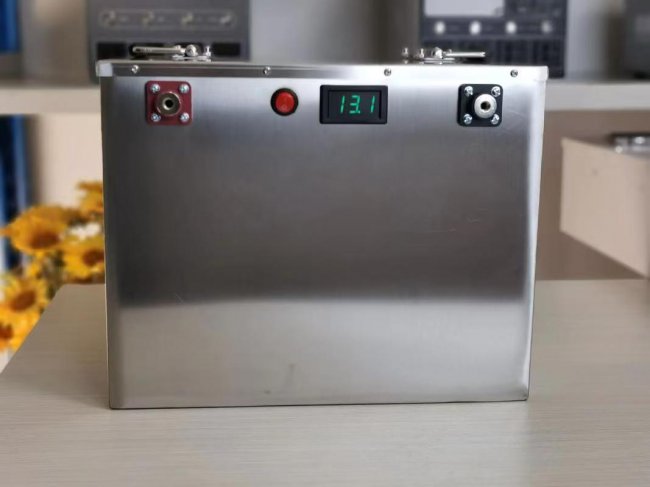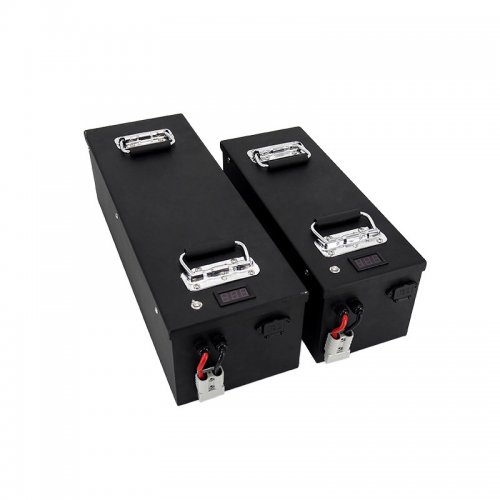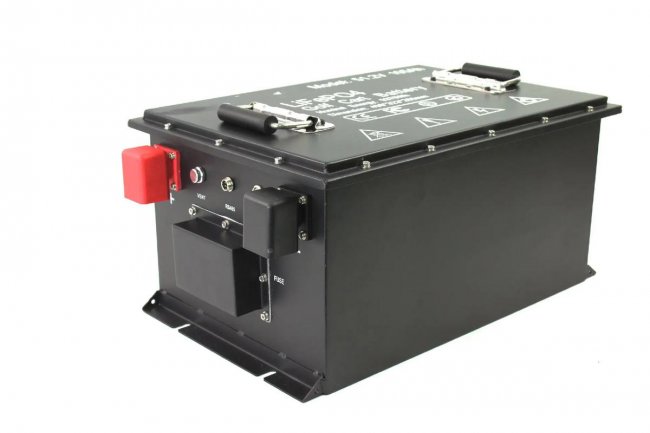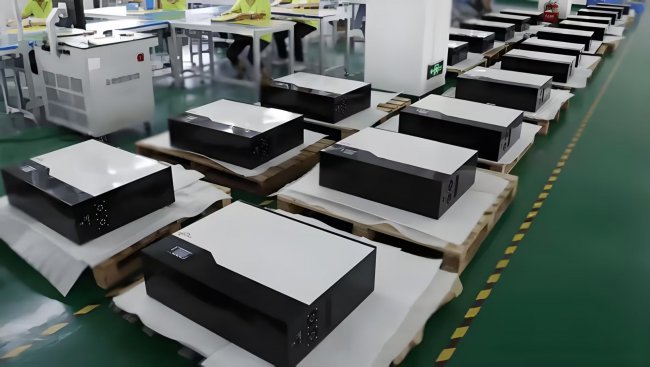How To Use Shelf Life: A Practical Guide To Maximizing Product Quality And Safety
The term "shelf life" is ubiquitous, found on food labels, pharmaceutical packages, and cosmetic containers. However, its practical application often extends beyond a simple date stamp. Understanding and correctly using the concept of shelf life is a critical skill for ensuring safety, maximizing value, and minimizing waste. This guide will walk you through the steps, techniques, and precautions needed to master the use of shelf life in your daily life.
Before application, one must understand the definition. Shelf life is the length of time a product can be stored under recommended conditions while remaining safe to consume or use and retaining its desired sensory, chemical, and functional qualities. It is not a single date but a period influenced by factors like ingredients, packaging, and storage environment. Crucially, distinguish between:"Best Before" or "Best By": This date relates to quality (e.g., taste, texture, potency). The product is often safe to consume after this date but may not be at its peak."Use By" or "Expiration Date": This is a safety-related date, primarily for highly perishable items (like ready-to-eat meals). Consumption after this date is not recommended."Sell By": This is a guide for retailers, informing them how long to display the product. It is not a safety date for consumers.
Step 1: The Initial Check – Purchase and Receiving Your management of shelf life begins at the point of acquisition.At the Store: Make a habit of checking dates before placing an item in your cart. Do not automatically take the product from the front; look behind for items with a later date. This simple act extends the usable life of the product from the moment you own it.For Bulk or Online Orders: When receiving groceries or supplies, immediately inspect all "Best Before" and "Use By" dates. This initial audit is the foundation of your storage plan.
Step 2: Strategic Storage – The First In, First Out (FIFO) Method This is the most powerful technique for managing shelf life, both at home and in commercial settings.Implementation: When unpacking new groceries, place the newly purchased items behind the older ones already in your pantry, refrigerator, or freezer. This ensures you use the products with the earliest dates first.Pro Tip: Use a permanent marker to write the "Best Before" date in large, clear numbers on the lid or front of containers, especially if you transfer products to different jars. This eliminates guesswork.
Step 3: Proper Environmental Control Shelf life dates are predicated on specific storage conditions. Deviating from these can drastically shorten a product's actual life.Pantry Staples (Dry Goods): Store in a cool, dark, and dry place. Heat, light, and moisture are the primary enemies, accelerating spoilage and rancidity.Refrigerated Items: Maintain your refrigerator at or below 40°F (4°C). Do not overpack it, as cold air needs to circulate to keep food uniformly chilled. Store raw meat on the bottom shelf to prevent cross-contamination.Frozen Goods: Ensure your freezer is at 0°F (-18°C) or colder. Use airtight, freezer-safe packaging to prevent freezer burn, which, while not a safety issue, severely degrades quality.
Step 4: Ongoing Monitoring and Sensory Evaluation Dates are guidelines; your senses are powerful diagnostic tools.The Sniff Test: Off-odors are a clear indicator of spoilage, especially in dairy and meat products.Visual Inspection: Look for signs of mold, discoloration, unusual texture (e.g., slime), or bulging packaging (in canned goods, this can indicate bacterial growth).Taste (with caution): If a product is past its "Best Before" date but looks and smells normal, a tiny taste can confirm if the quality is acceptable. Never taste a product that is past a "Use By" date or shows any visual signs of spoilage.
Create an "Eat First" Area: Designate a box or a specific shelf in your refrigerator for items that are approaching their "Best Before" or "Use By" dates. This visual reminder prevents items from being forgotten in the back.Understand Product-Specific Lifespans:Eggs: To test freshness, place an egg in a bowl of water. Fresh eggs sink; old eggs float due to a larger air cell.Oils: Most cooking oils have a shelf life of 1-2 years unopened, but once opened, they can go rancid within 6-12 months. Store them in a dark cupboard, not next to the stove.Spices: Dried spices don't become unsafe, but they lose potency. Whole spices last 3-4 years, while ground spices are best used within 2-3 years.Master the Art of Freezing: Freezing effectively pauses shelf life. Most foods can be frozen, extending their safe consumption period almost indefinitely, though quality may slowly degrade over many months. Label everything with the contents and date frozen.Never Ignore "Use By" Dates on High-Risk Items: For products like fresh meat, poultry, prepared salads, and deli meats, the "Use By" date is a critical safety marker. The risk of foodborne illness from pathogens likeListeriaorSalmonellais real and significant.Avoid the "Danger Zone": Do not leave perishable food at room temperature for more than two hours (or one hour if the ambient temperature is above 90°F/32°C). Bacteria multiply rapidly between 40°F and 140°F (4°C and 60°C).Do Not Trust Damaged Packaging: A compromised package—dented cans (especially along the seams), torn seals, or bloated containers—invalidates the printed shelf life. When in doubt, throw it out.Be Extra Cautious with Vulnerable Groups: When preparing food for pregnant women, young children, the elderly, or individuals with compromised immune systems, adhere strictly to "Use By" dates and be extra vigilant with storage and handling.By integrating these steps and principles, you transform "shelf life" from a passive label into an active management tool. It empowers you to make informed decisions, reduce household waste, save money, and, most importantly, protect the health and well-being of yourself and others.
Customized/OEM/ODM Service
HomSolar Supports Lifepo4 battery pack customization/OEM/ODM service, welcome to contact us and tell us your needs.


HomSolar: Your One-stop LiFePO4 Battery Pack & ESS Solution Manufacturer
Our line of LiFePO4 (LFP) batteries offer a solution to demanding applications that require a lighter weight, longer life, and higher capacity battery. Features include advanced battery management systems (BMS), Bluetooth® communication and active intelligent monitoring.

Customised Lithium Iron Phosphate Battery Casing
ABS plastic housing, aluminium housing, stainless steel housing and iron housing are available, and can also be designed and customised according to your needs.

HomSolar Smart BMS
Intelligent Battery Management System for HomSolar Energy Storage System. Bluetooth, temperature sensor, LCD display, CAN interface, UART interface also available.


Terminals & Plugs Can Be Customized
A wide range of terminals and plugs can be customised to suit the application needs of your battery products.

Well-designed Solutions for Energy Storage Systems
We will design the perfect energy storage system solution according to your needs, so that you can easily solve the specific industry applications of battery products.



About Our Battery Cells
Our energy storage system products use brand new grade A LiFePO4 cells with a battery lifespan of more than 4,000 charge/discharge cycles.



Applications in Different Industries
We supply customized & OEM battery pack, assemble cells with wiring, fuse and plastic cover, all the cell wires connected to PCB plug or built BMS.
Applications: E-bike, Electric Scooter, Golf Carts, RV, Electric Wheelchair, Electric Tools, Robot Cleaner, Robot Sweeper, Solar Energy Storage System, Emergency Light, Solar Power Light, Medical Equipment, UPS Backup Power Supply.
We can provide you with customized services. We have the ability to provide a vertical supply chain, from single cells to pack/module and to a complete power solution with BMS, etc.


HomSolar (Shenzhen) Technology Co., Ltd







